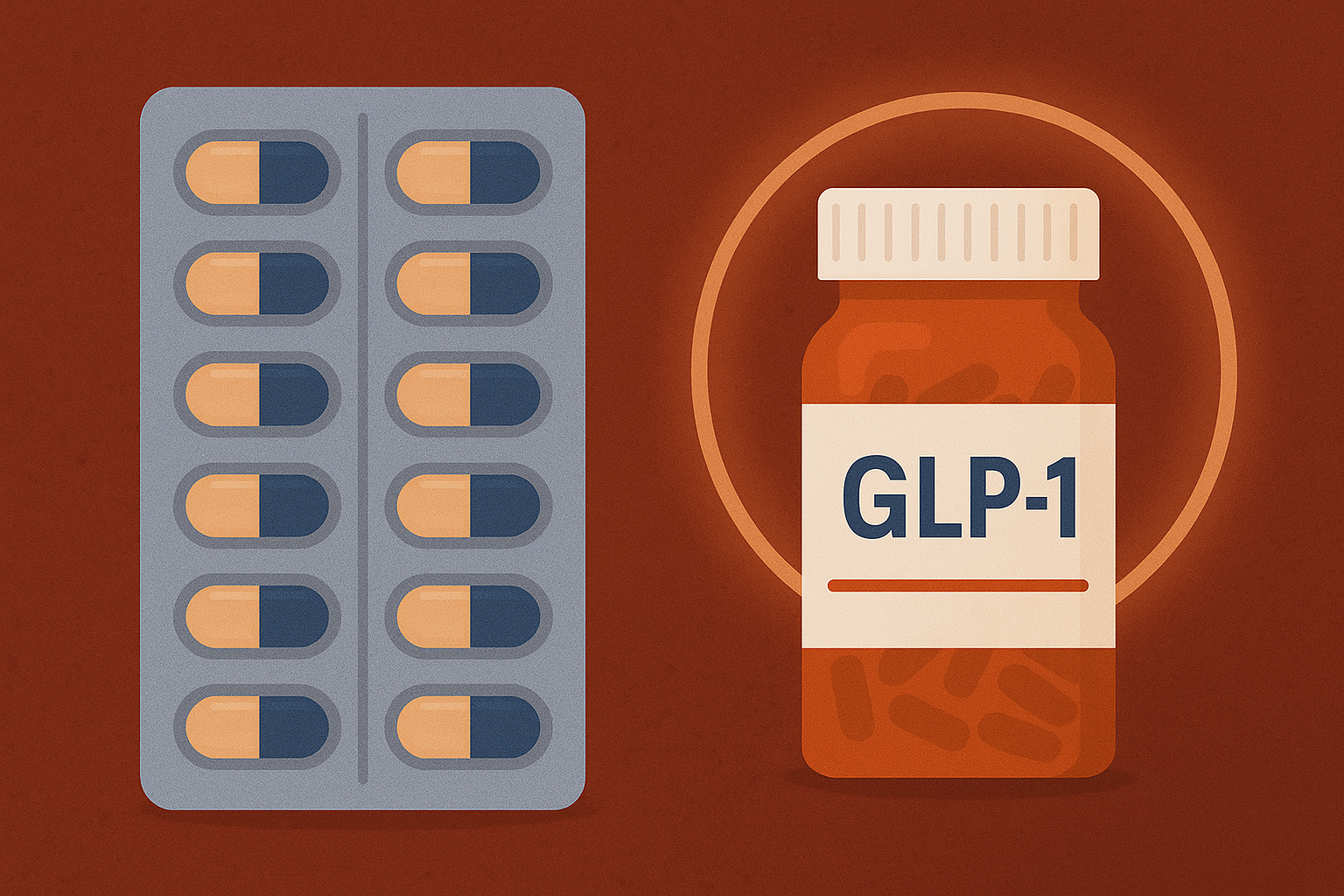Key Takeaways
U.S. sees 210% surge in extreme obesity (BMI ≥ 60) from 2001 to 2023, now affecting over 850,000 adults. Study warns of severe health, mobility, and care access issues, as current weight-loss drugs lack testing in this group. Researchers urge urgent public health response and infrastructure upgrades.
In a striking new study, researchers from the Pennington Biomedical Research Center have revealed a deeply concerning trend in the United States’ battle with obesity: while the overall adult obesity rate has increased by approximately 30% over the past two decades, the rate of individuals with severe obesity—defined as having a body mass index (BMI) of 60 kg/m² or more—has skyrocketed by 210%.
Published in The Lancet: Diabetes & Endocrinology (April 2025), this research is the first of its kind to examine the growth in cases of such extreme obesity in granular detail. The findings underscore a growing and urgent public health issue, particularly as people in this category face significantly higher risks of life-altering comorbidities and disability.
“Most attention is focused on general obesity, which starts at a BMI of 30. But individuals with a BMI of 60 or more face vastly greater clinical burdens,” said Dr. Philip Schauer, director of the Metamor Institute at Pennington Biomedical.
What Does a BMI of 60+ Mean?
To put it in perspective:
- A BMI of 30 typically equates to being 30–40 pounds overweight.
- A BMI of 60 or more means an individual is over 200 pounds above a healthy weight.
Such extreme levels of obesity are often associated with:
- Impaired mobility
- Dependence on mobility aids
- Frequent hospitalizations
- Inability to work due to disability
- Greater risk of chronic illnesses, including cardiovascular disease, diabetes, and certain cancers
An Overlooked Population in Obesity Research
Until now, people with a BMI ≥ 60 were lumped into general obesity studies. The Pennington team, using 2001–2023 data from the National Health and Nutrition Examination Survey (NHANES), isolated this group for the first time. Their analysis found that more than 850,000 Americans now fall into this high-risk category.
Despite the development and widespread interest in GLP-1-based drugs like semaglutide (Ozempic, Wegovy) and tirzepatide (Mounjaro), the study notes that these medications have not been adequately tested in people with BMIs of 60 or more. Clinical trials typically involve participants with average BMIs between 37 and 38.
A Wake-Up Call for the Healthcare System
This unprecedented rise has implications beyond individual health:
- Medical infrastructure is strained: Many patients exceed the weight limits of standard imaging machines, surgical tables, and hospital beds.
- Higher costs: Severe obesity is linked to increased medical spending due to complex, ongoing care.
- Systemic inaccessibility: From anesthetic risk to transport challenges, extreme obesity adds layers of complexity to routine healthcare delivery.
“The rate of growth in cases of obesity with a BMI of 60 or greater sends an urgent message to healthcare providers and policymakers,” said Dr. John Kirwan, Executive Director of Pennington Biomedical.
From Awareness to Action
The findings should serve as a critical wake-up call for U.S. health policy, urban design, food systems, and insurance models. Obesity, particularly in its most extreme forms, is not merely a matter of personal responsibility—it’s a systems-level issue requiring coordinated public health responses.
This includes:
- More inclusive clinical trials
- Redesigned healthcare facilities
- Stronger regulation of ultra-processed foods
- Supportive interventions addressing social determinants of health
The research by Pennington Biomedical is a powerful reminder that the obesity crisis is deepening—not only in breadth but in severity—and must be met with urgency, empathy, and evidence-based action.
Reference
Pennington Biomedical Research Center. (2025, April 28). United States sees disproportionate increase in body mass index rates of more than 60. Published in The Lancet: Diabetes & Endocrinology. Retrieved from ScienceDaily.



